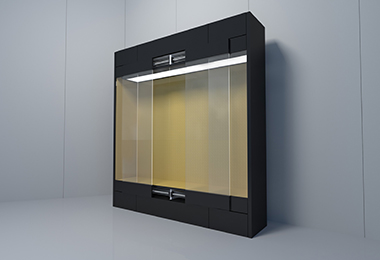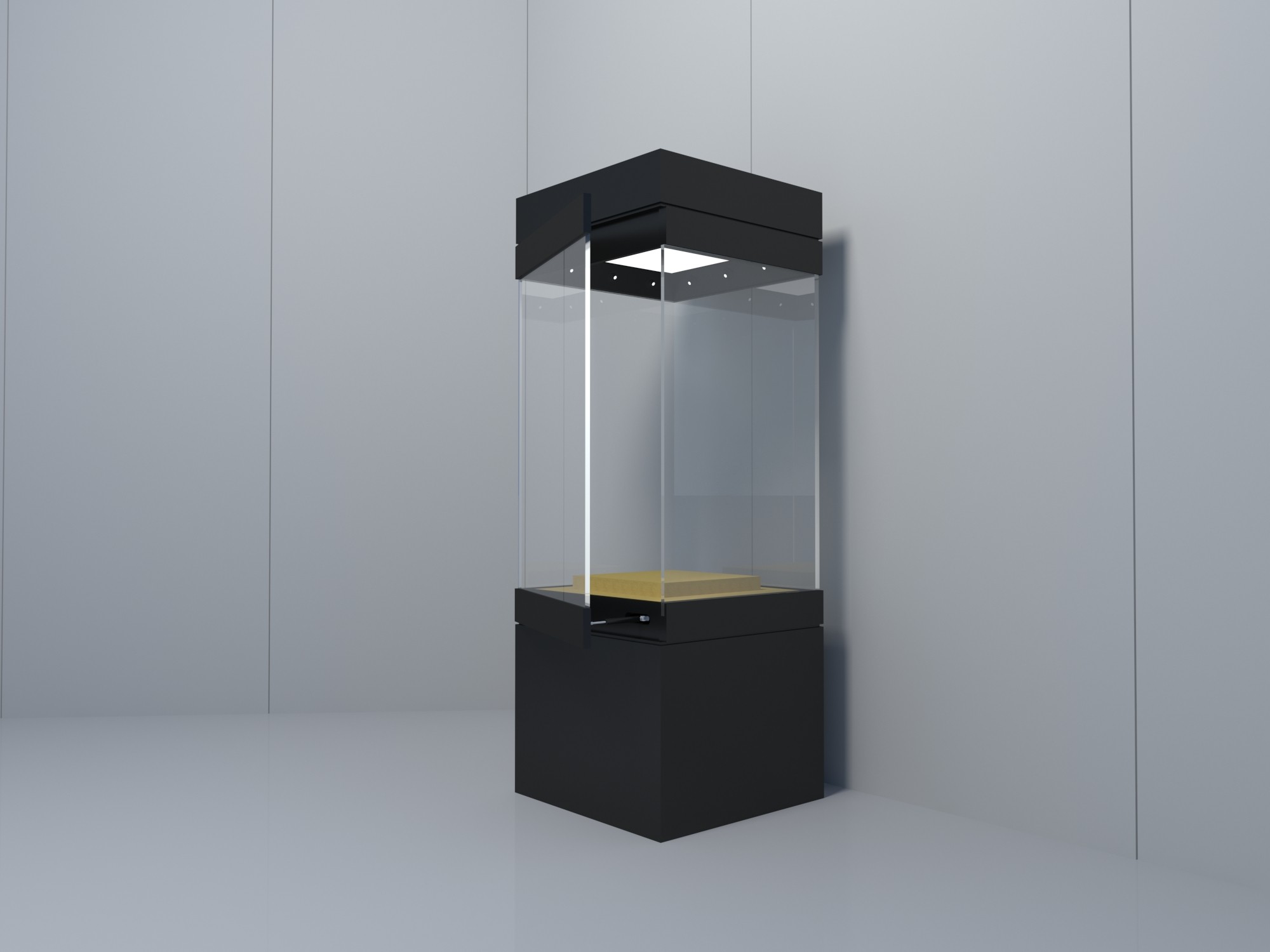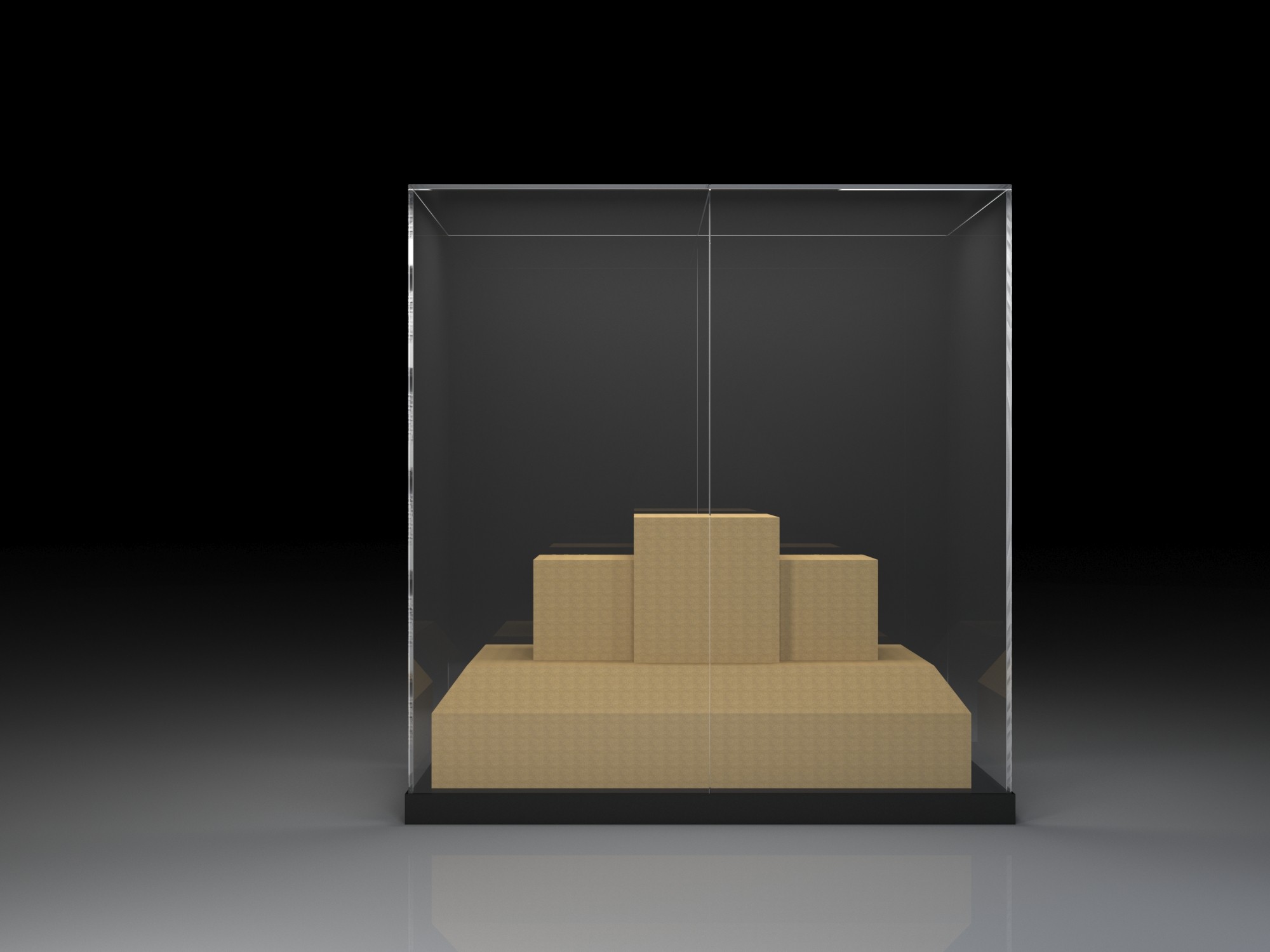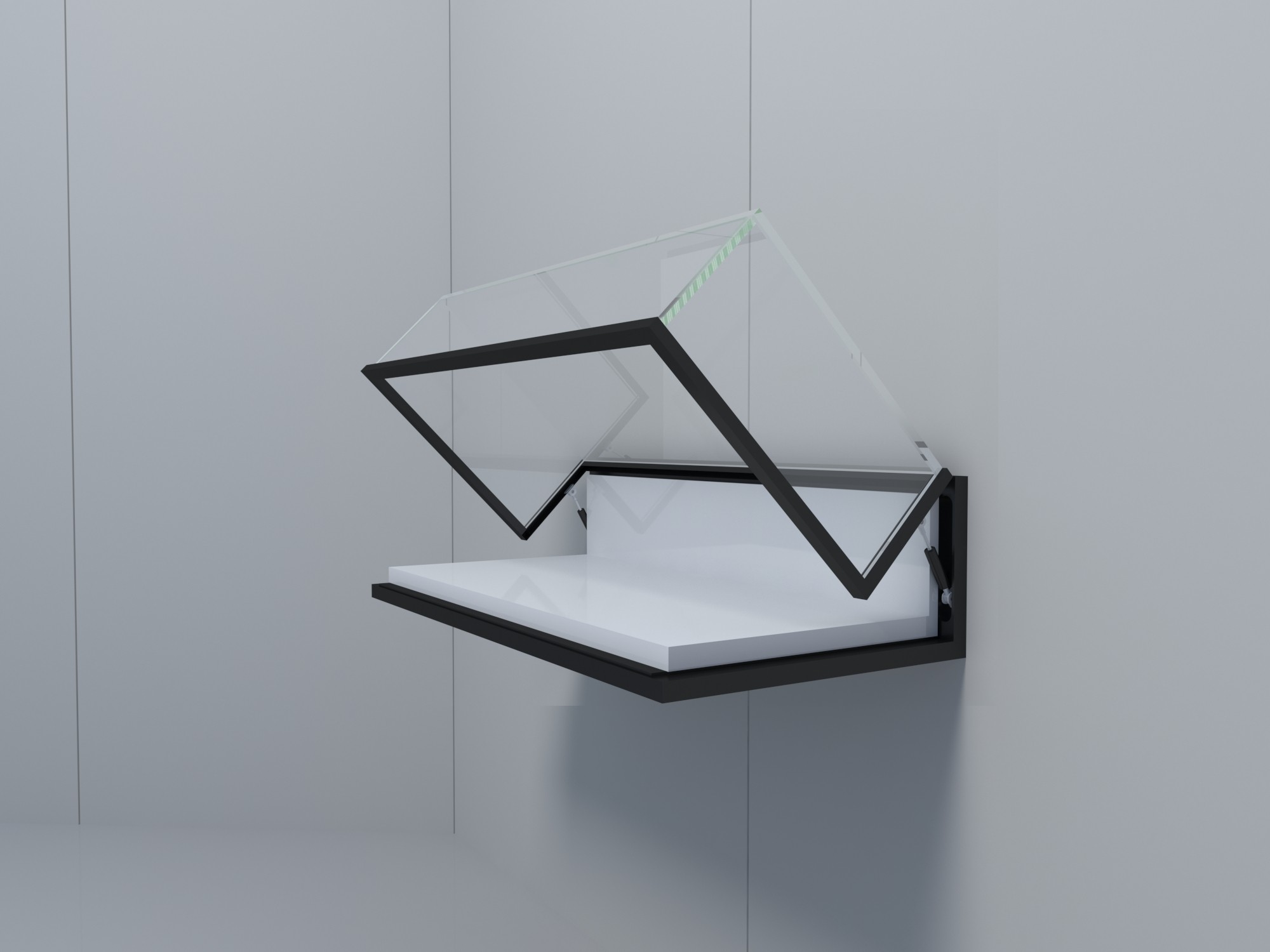are the common types ? In the exhibition of cultural relics in
museums, professional exhibition cabinets, as the carrier between cultural relics and the audience, should not only display the true state of cultural relics and their own value in an all-round and clear way, but also play a role in protecting cultural relics, and even enhance the display effect of cultural relics, so that cultural relics can be presented to the audience in the most perfect state. The types of
museum display cabinets have experienced a development process from the previous single to the present diversity. Nowadays, the more popular museum display cabinets in the market are classified according to their appearance, style and placement, such as wall cabinets, independent cabinets, hanging cabinets, wall cabinets, overhead cabinets and so on. These types of exhibition cabinets have their own characteristics in shape and space utilization, which meet the exhibition needs of different types of cultural relics. The following is a brief introduction to the characteristics of these types of display cabinets.
1. The display cabinet along the wall of the museum is backed against the wall and can be extended according to the needs of the display. The display cabinet has a wide display space, which can accommodate many cultural relics of different volumes and materials at the same time, and is suitable for comprehensive exhibition and display of cultural relics. The exhibition cabinet along the wall of the
museum has a relatively large volume and size, which can accommodate many cultural relics at one time, give visitors a continuous viewing vision, and can greatly change the observer's visual awareness of the museum exhibition hall. 
The independent display cabinet is suitable for displaying precious exhibits suitable for separate display, and can also be tailored according to the size of the exhibits, so as to ensure that visitors can conveniently and comfortably browse the cultural relics inside the museum display cabinet. Museum independent cabinets can be divided into panoramic independent high cabinets, independent cabinets and so on. Among them, the panoramic independent high cabinet can be displayed 360 degrees , allowing the audience to view cultural relics from multiple angles, suitable for the display of key cultural relics;

Independent cabinet, also known as Zhongdao cabinet , can be used to display multiple exhibits at the same time, with rich display contents.

3. Hanging cabinet
The museum's hanging cabinet is directly installed on the wall, allowing visitors to view cultural relics at close range. It enriches the exhibition forms of modern museums. Small hanging cabinets are usually used to display small cultural relics, such as animal specimens, badges, etc . Large hanging cabinets can display more cultural relics than small hanging cabinets.

4. Wall cabinet
5. Overlooking display cabinets are also called table cabinets and flat cabinets. There are usually two kinds of flat display cases and sloping ( inclined ) display cases. The height of the flat display cabinet is generally about 1 meter, which is mainly suitable for the flat display of cultural relics, such as small paintings and calligraphy, documents, antiques, coins and other small or flat exhibits. It is generally placed near the corridor of the museum exhibition hall, which is more suitable for the audience to observe it from above.
There is also a sloping display cabinet, also known as a sloping cabinet. The glass of the sloping cabinet is inclined, which is usually used in archives, historical exhibition halls and other exhibition halls with more flat cultural relics.
Museum display cabinet is the communication bridge and the only carrier between cultural relics and the audience. Through the display cabinet, the audience can understand the history of cultural relics more conveniently and clearly, feel the strong historical feelings behind them, understand the national spirit, and inherit the history and culture.
previous:没有了!
next:Methods for cleaning and disinfecting the glass of museum display cabinets during the epidemic perio